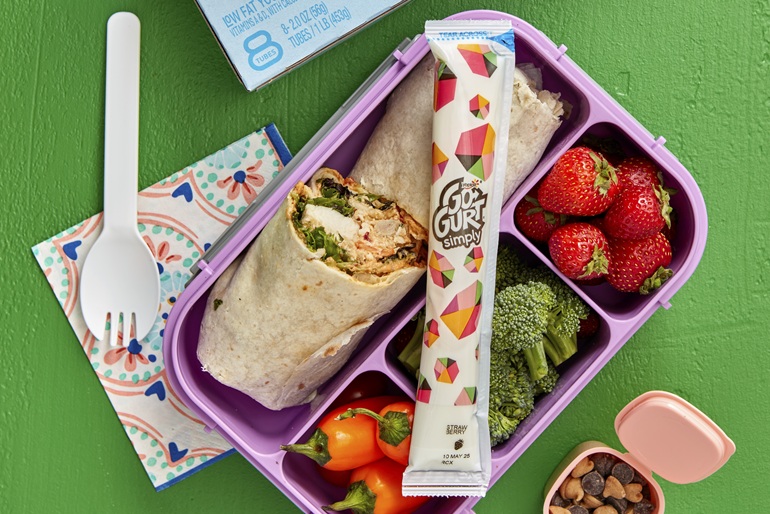
Protein Intake for Kids: How to Make Sure Your Child Gets Enough Protein
A balanced diet for kids includes plenty of protein alongside all the other essential vitamins and nutrients that they need to grow big and strong! But how do you make sure they’re getting enough protein? Find out more about how much protein kids need, as well as good protein foods to add to their diet.
Why is Protein Important for Kids?

Protein provides kids with important nutrients that help with all kinds of things, including the recovery and repair of the tissues that make up everything from muscles and organs to skin, nails and hair*. Protein also provides essential amino acids for growing kids and can help support their immune system, as well as being an important energy source alongside carbohydrates and fat.
How Much Protein Should a Child Eat?
How much protein your child needs depends on a few different things, including their age and other factors – such as whether they have any health conditions or have particularly active lifestyles. If you have any concerns, talk to your pediatrician about how much protein your child should eat. According to the National Institute of Health’s Dietary Reference Intakes**:
- 13g protein for kids age 1-3 years
- 19g protein for kids age 4-8 years
- 34g protein for kids age 9-13 years
High Protein Food for Kids

The good news is that making sure your little one is getting enough protein can be nice and straightforward. All you need to do is be mindful about the ingredients you’re picking when you’re planning your meals and:
- Be sure to include at least one protein-rich food in every meal
- Choose protein-rich snacks for in-between meals
Best Protein Snacks for Kids

If you’re looking for high protein snacks for kids, it’s a great idea to pick ones that are as tasty as they are easy to eat! Check out a few of the handiest snacks:
Go-GURT Protein tubes – Serving up flavor and fun on-the-go, our Go-GURT Protein snacks have 12g protein per serving (3 tubes) and 4g per tube. They also come in lots of great flavors and can even be frozen for a summer treat or defrosted by lunch.
Cheese snacks – Individual portions can be great, especially when you’re on the move, but adding a few chunks of cheddar or Monterey Jack into their lunch box is just as effective.
Nuts – A natural source of healthy fats, nuts are a very handy snack option. If your little ones aren’t keen on plain varieties, then a fruit and nut mix or adding a few chocolate-covered peanuts can help sweeten the deal.
Kid Cups – Our Kid Cups have 3g of protein per serving and are the perfect pick as part of a balanced breakfast, afternoon snack or after-dinner dessert. Creamy, delicious and low in fat, these single serve yogurts are a convenient way to add a little protein boost.
Eggs – A great source of protein for kids, eggs contain amino acids needed for growth and development, as well as nutrients like vitamins B and D. Not to mention, just one egg contains about 6g of protein.
Looking for more snack inspiration? Check out our pick of 10 Protein Snacks for Kids to find their new favorite.
Make sure your kids get all the protein their growing bodies need by keeping an eye on your meal plans and being smart about daily snacks. With tasty options like our yummy yogurt, helping your child grow big and strong doesn’t have to be complicated!
Sources
* https://drinkkoia.com/blogs/blog/why-protein-is-key-to-your-child-s-growth-and-development
** https://health.choc.org/how-much-protein-does-my-child-need/
